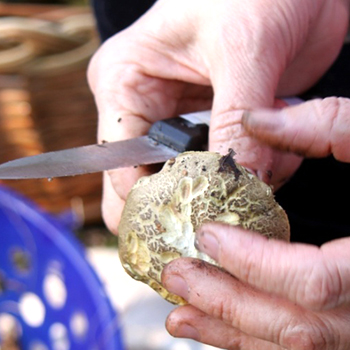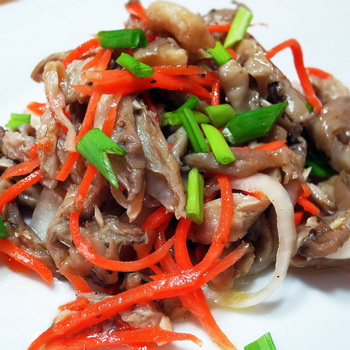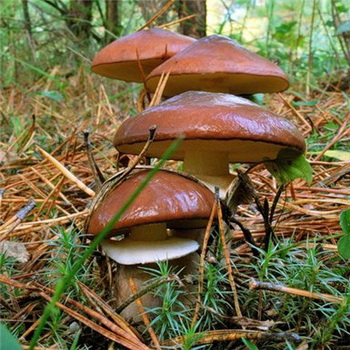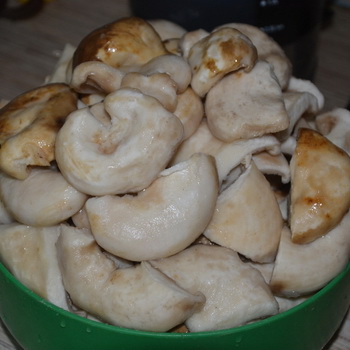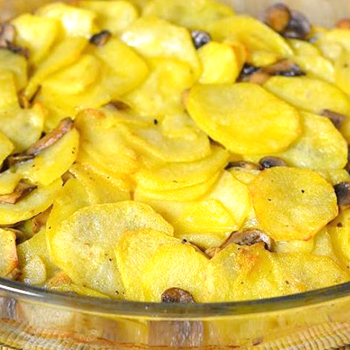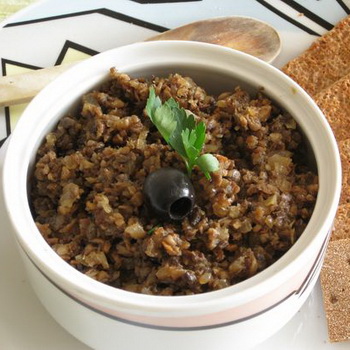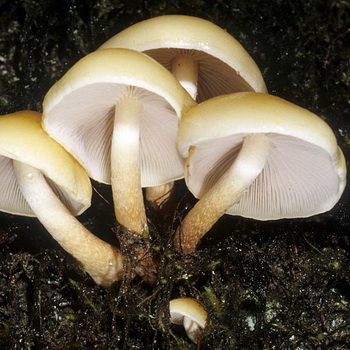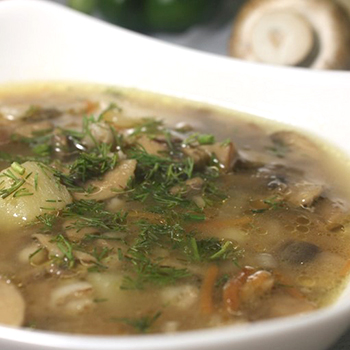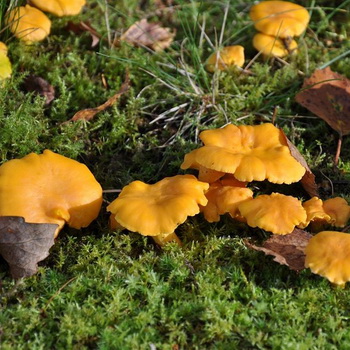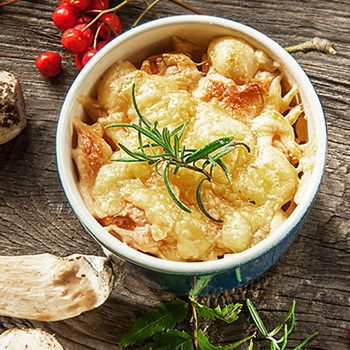Horn-shaped mushroom (funnel-shaped craterellus, gray): photo and description
 The edible mushroom horn-shaped funnel (Craterellus cornucopioides) is widespread in Russia. It also grows in Europe, Asia and North America. The fruiting time of the mushroom is mid-July - late October.
The edible mushroom horn-shaped funnel (Craterellus cornucopioides) is widespread in Russia. It also grows in Europe, Asia and North America. The fruiting time of the mushroom is mid-July - late October.
The horned funnel can be found in deciduous and overhang forests with high moisture levels and calcareous soils, especially near oak trees. It grows in large groups on decayed foliage and practically merges with it.
Other names: craterellus horn-shaped, craterellus funnel-shaped, funnel-shaped funnel-shaped, horn-shaped tube mushroom, gray funnel-shaped. The peculiar shape of the horn-shaped funnel became the reason for the appearance of the same original names in European languages: Finnish mustatorvisieni - "black horn", German Totentrompete - "pipe of the dead", English Horn of Plenty and French Corne d'abondance - "cornucopia".
Fruiting body of gray funnel (height 4-15 cm): has the shape of a small cup expanding from bottom to top. Almost everything is covered with small scales and tubercles. Craterellus horn-shaped has wavy, strongly curling outward edges, which can be torn or stick out in separate flakes. Pay attention to the photo of the horn-shaped funnel: its inner surface is usually almost black or black-gray. The outer one is slightly lighter.
Leg (height 0.5-1.2 cm, diameter up to 1.5 cm): the same color as the cap, hard and very small or practically absent.
Pulp: filmy, breaks down from light touch. In young mushrooms it is dark gray, and in old ones it is deep black.
Doubles: sinuous funnel (Craterellus sinuosus) and goblet snail (Urnula craterium). The sinuous funnel is distinguished by a lighter color of the fruiting body and a more dissected cap, and the urnula has no curved edges, and the shape is more goblet.
Use of craterellus funnel-shaped
Horn-shaped funnel is a very tasty mushroom used in almost any type of food. The use of craterellus funnel-shaped is especially widespread in Western Europe - here this mushroom is considered a real delicacy. In particular, in France, it is added to exquisite sauces.
Application in traditional medicine: does not apply.

